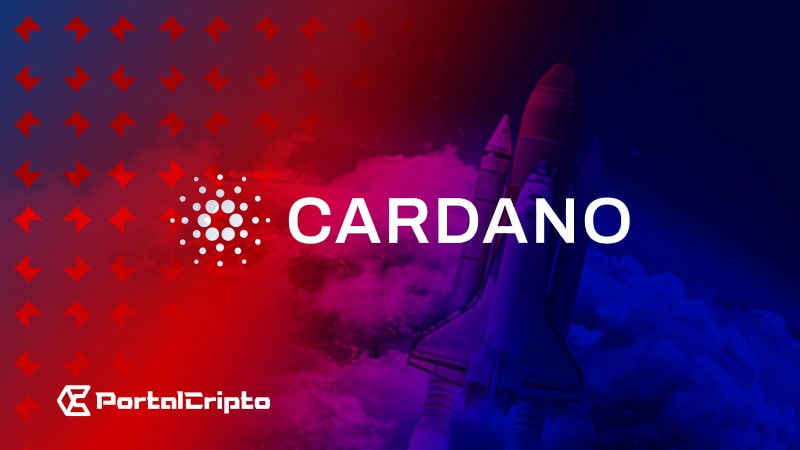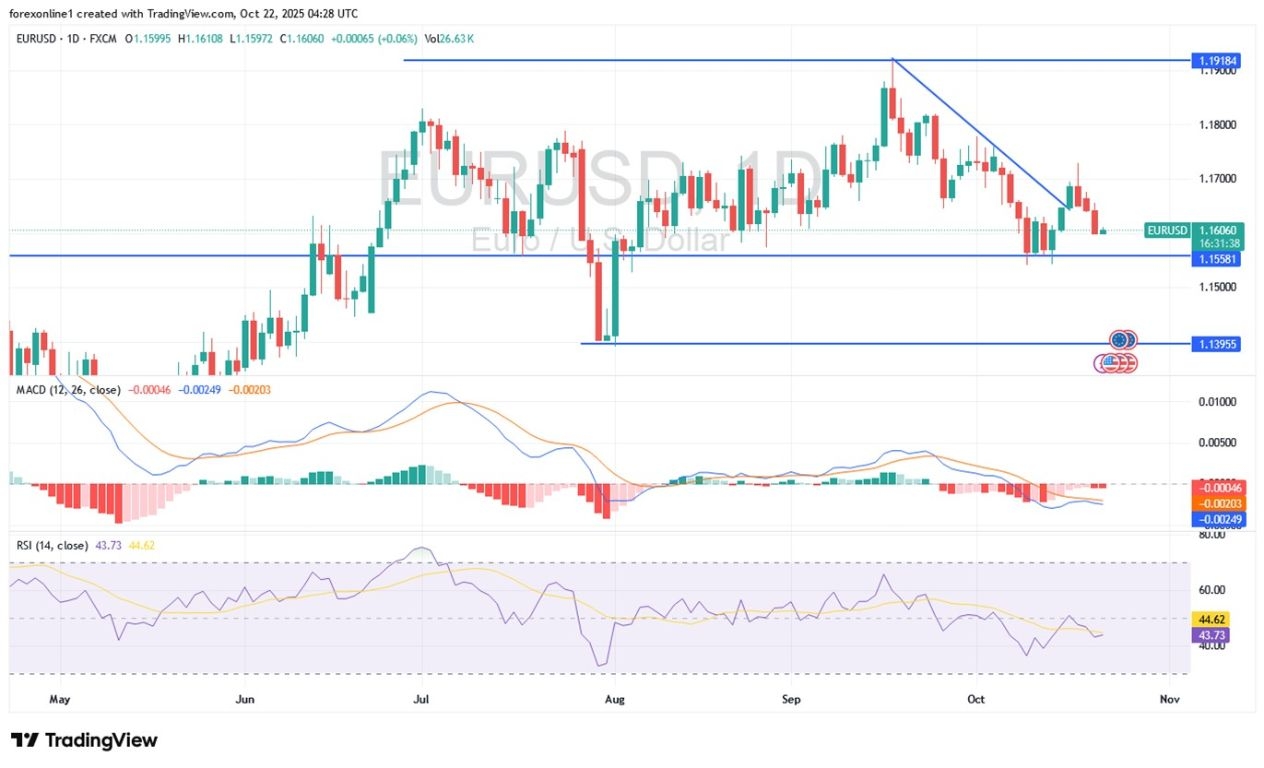Cardano and Bitcoin Join Forces to Transform DeFi with Grail Protocol
- Cardano-Bitcoin Integration
- DeFi applications secured by Bitcoin
- Grail Protocol and Zero-Knowledge Proofs
Cardano is about to launch a bridge based on the Grail protocol, which could be the first step towards enabling decentralized finance (DeFi) applications secured by Bitcoin. On October 24, Emurgo, the development team behind Cardano, announced a partnership with BTCOS, the developer of Grail, to create this integration.
At the time of writing, Cardano was trading at $0,7454, up 0.8% over the past 24 hours.
The following day, Cardano founder Charles Hoskinson clarified that the network will eventually host Bitcoin-backed DeFi applications. He added: “With Babel fees, Bitcoin developers can build hybrid Cardano/Bitcoin applications on Aiken and pay their transaction fees in Bitcoin.”
Some Bitcoin users have expressed skepticism that DeFi applications can be secured by the Bitcoin network. Critics have pointed out that previous “Bitcoin layer 2” solutions did not allow users to withdraw their bitcoins without the consent of the network operator, suspecting that the new Cardano/Bitcoin hybrid network will follow suit.
However, Grail documents indicate that it allows Bitcoin users to withdraw their funds from Cardano without the need for validators’ consent.
Grail was inspired by an earlier idea called “BitVM,” described by developer Robin Linus in a 2023 white paper. That paper proposed that an “optimistic rollup” of Bitcoin, similar to Ethereum’s Optimism, Base, or Arbitrum, could be created through a server that commits to either “0” or “1” for each bit of data stored. This would allow simple games like chess, go, or poker to be run on Bitcoin using such a system.
Grail’s white paper, published in April, states that Grail “builds on the BitVM paradigm.” The original BitVM system created billions of complex transactions that would ultimately make its bridge impractical to use. To reduce this complexity, Grail uses zero-knowledge (ZK) proofs to reduce the amount of data that needs to be stored in Bitcoin.
The result is a system that allows users to deposit Bitcoin into the layer 2 network without having to trust the security of that network. This means that users could withdraw their Bitcoin from Cardano even if Cardano nodes were compromised by a malicious actor.
Despite the implementation of the bridge, developing Bitcoin-secured DeFi applications could take time. In a now-deleted post, Hoskinson mentioned that developers would need to be trained in Cardano’s Aiken programming language to create these hybrid Bitcoin/Cardano applications. Since most Ethereum DeFi developers are trained in Solidity, this means that new applications cannot be created by simply copying and pasting Ethereum code; they will have to be written from scratch.
In a recording shared by a user, Hoskinson stated: “It’s going to be a huge amount of work, it’s a huge effort, and there’s going to be wallet integrations and all these things that need to happen.” He went on to say that the work is worth it because “there’s $1,5 trillion in the Bitcoin space.”
Edan Yago, co-founder of Grail developer BTCOS, explained that in order to take malicious control of the Grail system, it would be necessary to own 100% of the nodes. He said this represents a “stronger security assumption than Bitcoin,” since Bitcoin relies solely on the assumption that the “majority of miners [or hash power]” are honest.
Yago believes that the bridge offers better security than current Bitcoin pegging systems and that creating a more secure system is necessary given the trillions of dollars in capital tied up in Bitcoin. He added: “Most BTC is dormant today because holders don’t want to trust third-party centralized entities that provide bridges/wrapping to other blockchains. We believe that a vault or bridge like Grail — secured by zero-knowledge cryptography and a network of Bitcoin miners — could be the most secure crypto-native vault solution that holders will more readily trust before putting their BTC to work.”
Another solution that seeks to secure DeFi applications using the Bitcoin network is called “OP_CAT.” However, it would require a soft fork of Bitcoin’s node software, which some Bitcoin nodes are reluctant to do. Even so, StarkWare CEO Eli Ben Sasson defended the change and predicted that it will be implemented “within the next 12 months.”
When asked about OP_CAT, Yago said that its implementation “does not materially change the security assumptions of the bridge.” He does not support adding OP_CAT to Bitcoin, as he believes it is “quite risky.” Yago explained, “OP_CAT can quickly become very onerous in terms of transaction size, and even chains like Fractal, which forked Bitcoin with OP_CAT enabled, are finding that it brings its own complexities to work around.” Still, he stated that if OP_CAT were implemented, “it might change the architecture of how you can do zk verification on Bitcoin, but [it] would not materially change how the bridge would work.”
Disclaimer: The views and opinions expressed by the author, or anyone mentioned in this article, are for informational purposes only and do not constitute financial, investment or other advice. Investing or trading cryptocurrencies carries a risk of financial loss.
Source link
Written by : Editorial team of BIPNs
Main team of content of bipns.com. Any type of content should be approved by us.
Share this article:









